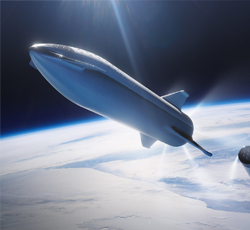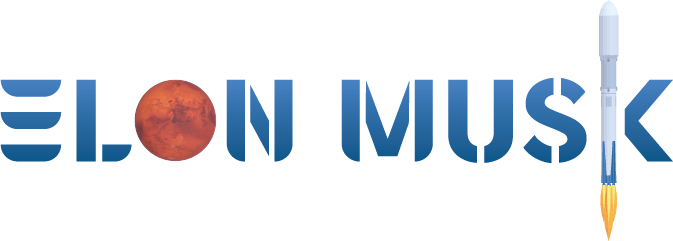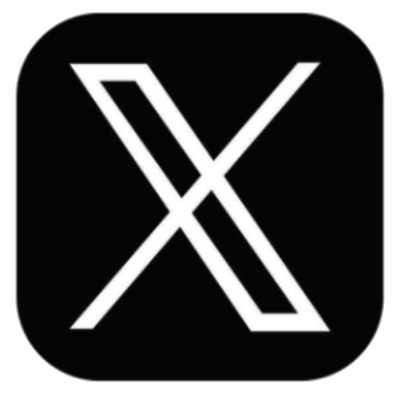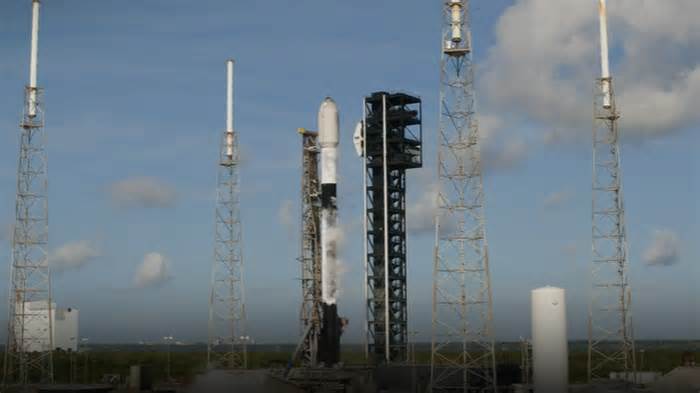
2024 Tesla Model Y Review - PCMag
- by PC Magazine
- Nov 14, 2024
- 0 Comments
- 0 Likes Flag 0 Of 5

Your subscription has been confirmed. Keep an eye on your inbox!
(Credit: Doug Newcomb)
Bare bones as it is, the interior remains one of the most spacious in the segment, with tons of legroom both front and back—41.8 and 41.6 inches, respectively—with the arched roof allowing for lots of headroom. Similarly, the Model Y has plenty of cargo space with the rear seats in place or folded flat, and a large cubby beneath the car floor and frunk add to the car’s storage capabilities.
The Model Y Long Range AWD is available with a third-row seat that increases capacity to seven passengers and costs $2,000 more. The five-seat Model Y I tested has 72.1 cubic feet of cargo space behind the first row with the second row folded. With the second and third rows folded, the three-row version's space drops to 67.9 cubic feet—a loss of more than four cubic feet. The space in the third-row seat is also tight: legroom is only 26.5 inches, and headroom is just 34.6 inches.
Performance: Sport and Chill
Early on, Tesla set the benchmark for EV performance with its scream-inducing Insane and Ludicrous modes and still sets the standard with its 1,000-hp-plus Model S and Model X Plaid trims. The 384hp Model Y Long Rage AWD I tested has two driving modes: Sport and Chill. In Sport, the Model Y has impressive, if not insane, acceleration, and in Chill mode, performance is tempered but still brisk enough to overtake slower vehicles or merge onto a highway with ease. The low-slung Model Y has excellent driving dynamics and handles well in curves, and the ride is smooth even on rough roads.
(Credit: Doug Newcomb)
The Model Y’s brake regen is set-and-forget via the dashboard display and can’t be adjusted on the fly with paddle shifters as with other EVs. There are two regen settings, Low and Standard, but even the higher Standard setting doesn’t provide one-pedal driving like other EVs.
Although I mainly drove the vehicle in Sport mode, the range was largely as rated, and Tesla’s Supercharger network of DC fast chargers is expansive and convenient. Every time I needed to charge the Model Y, a Supercharger was often within a few miles, easily discoverable via the vehicle’s nav system, and topped off the battery within a half hour. I experienced none of the hassles I routinely encounter at non-Tesla public chargers, including inoperable chargers, charging faults and interruptions, and payment-processing issues.
Infotainment: More of the Same
Tesla hasn’t changed its infotainment system or strategy much since I tested the Model Y three years ago. Everything is based around the centered 15-inch touch screen. Small icons for the most recently used features line the bottom of the screen and are flanked by climate controls and a home button on the left and duplicate climate and volume controls on the right. Similar icons on top show the gear position, battery level, time, outside temperature, and other information. The center of the screen is reserved for the features currently being used, such as controls, navigation, and streaming—meaning they’re displayed clearly and vividly on the large screen. Overall, the interface is easy to use, even with the small icons, and it’s also very quick to respond. That said, some drivers prefer a broader mix of physical controls over touch screens.
(Credit: Doug Newcomb)
Instead of Android Auto and Apple CarPlay, the Model Y relies on multiple streaming services for cloud-based content. The infotainment system also includes dozens of games rendered in remarkable resolution. But most impressive is the connectivity, which is fast and reliable and makes the embedded navigation system the best I’ve tested. It quickly finds Supercharger locations, includes information on how many are available at a given site, and preconditions the battery while en route.
Tesla has received a lot of attention for its Autopilot driver feature and courted controversy with its so-called Full Self Driving (FSD) technology. Tesla owners who pay $8,000, or $99 per month, to add the newly named Full Self-Driving (Supervised), get a mostly hands-free, eyes-on-the-road feature that, unlike those offered by other automakers, can maneuver on surface streets through intersections and roundabouts, make automated turns, and more.
My test car didn’t have this, only the basic Autopilot feature, which is not that much different from some of the other highway-focused hands-free systems I’ve tested. In some ways, it’s not as good as those competing systems since it doesn't have automatic lane change. This requires Enhanced Autopilot, which also adds semi-automated parking, and Smart Summon, which allows remote vehicle control from the outside.
Verdict: Still a Winner
The Model Y earned our Editors’ Choice award when I first tested it three years ago, and given its good performance, segment-leading range, and solid connectivity, it’s easy to see why it’s by far the best-selling EV in its class. Tesla’s fast and ubiquitous Supercharger network gives it another advantage over the competition, and its quick and effortless over-the-air software updates keep the vehicle current. Few vehicles check all these boxes, helping the Model Y retain its Editors’ Choice crown in the EV crossover segment. Drivers seeking a crossover other than a Tesla should consider the Honda Prologue, which doesn't match the Model Y on battery tech but has a more modern design for about the same price.
2024 Tesla Model Y
Please first to comment
Related Post
Stay Connected
Tweets by elonmuskTo get the latest tweets please make sure you are logged in on X on this browser.




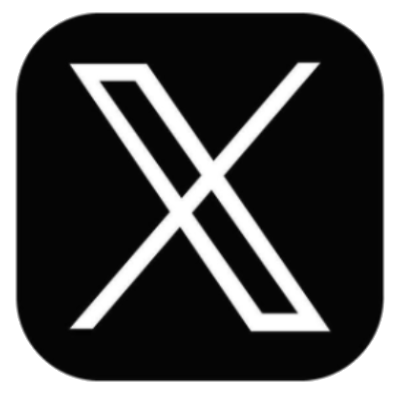

 Energy
Energy